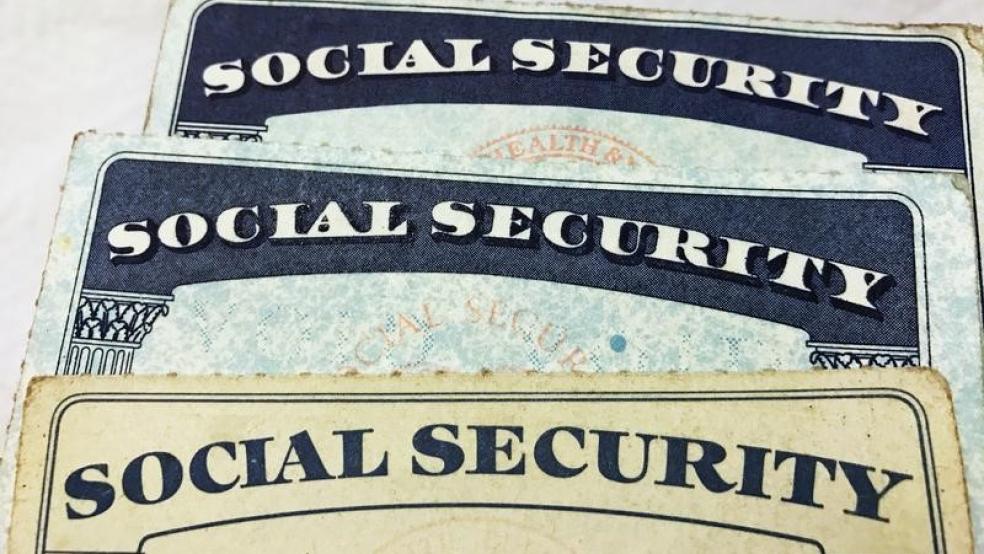Social Security faces a crisis in 2034, when its main trust fund is projected to become insolvent, potentially resulting in significant cuts in benefits. Simple demographics play a major role in the problem, as the massive baby boomer generation continues to retire and fewer young workers pay into the system. But according to one expert, rising income inequality also plays an important role in the funding crunch.
Stephen Goss, the chief actuary of the Social Security Administration, told attendees at a conference earlier this month that “unanticipated economic setbacks,” including the Great Recession along with the rise of income inequality starting in the 1980s, explain some 80% of the program’s shortfall. Due to these two factors, the adjustments applied to Social Security by a committee led by economist Alan Greenspan in 1983 — including raising the retirement age and making benefits taxable — have failed to maintain solvency in the program for as long as originally projected.
Between 1983 and 2000, incomes for the top 6% of earners rose by 62%, Goss said, while the incomes of the bottom 94% rose by just 17%. That means that most income growth occurred among high earners, who don’t pay Social Security taxes above a certain level. (In 1983, the top income subject to the payroll tax, referred to as the Social Security Wage Base, was $35,700 for individuals; in 2000, it was $76,200; it’s set at $160,200 in 2023.)
As a result, the share of total income subject to payroll taxes fell from roughly 90% in the early 1980s to 82% in 2000.
“This is a massive change in the distribution of earnings, and that’s what caused us to have a much smaller share of all covered earnings falling below our taxable maximum,” Goss said, per MarketWatch. “This is a major component of the shortfall we’ve had.”
Social Security
Rising Income Inequality Hurts Social Security, Expert Says

© Hyungwon Kang / Reuters



